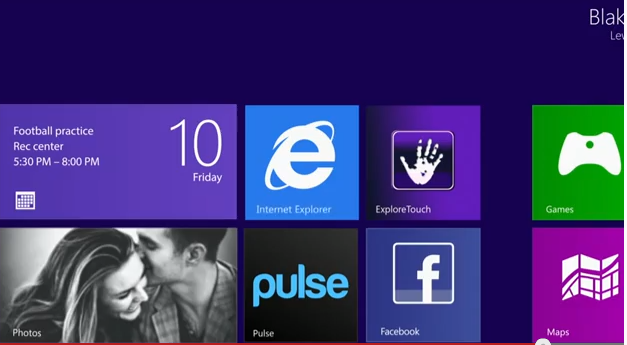Microsoft delivers final version of IE 10 for Windows 7

Microsoft released to the Web the final (non-test) build of Internet Explorer 10 for Windows 7 on February 26.

As of today, Microsoft is making the final bits available for download from its IE site in 95 languages. (If that link doesn't work, try this one from the Microsoft Download Center.)
Microsoft plans to begin auto-updating customers with Windows 7 Service Pack 1 and/or Windows Server 2008 R2 and higher with the IE10 "in the weeks ahead," officials said. This will start with those who are running the IE10 Release Preview. Admins who aren't ready to have IE10 pushed to their users can block it temporarily with Microsoft's blocking toolkit.
IE10 is the latest version of IE and the one that is bundled with Windows 8 and Windows RT. Like IE10 for Windows 8 and Windows RT, IE10 for Windows 7 is optimized for touch first. Unlike the Windows 8 and Windows RT versions, IE10 for Windows 7 places the URL bar at the top of the screen, not the bottom. (I've never quite understood the bottom of the page thinking with Windows 8/RT. It seems to me like one could still maximize available browsing space even if the URL bar was in the more familiar top-of-the-page position.) And as is true with the Windows 8/Windows RT version, IE10 for Windows 7 has the Do Not Track (DNT) signal turned on by default, preventing users from having their behavior automatically tracked online.
Microsoft is touting IE10's support for Web standards. Officials said IE10 on all platforms add support for more than 30 new Web standards beyond what IE9 supported, including support for new HTML5, CSS3, DOM, Web Performance, and Web Application specifications. Company officials also are saying IE10 on Windows 7 loads "real world" sites 20 percent faster, based on tests in Microsoft's labs. (I've never found IE to be noticeably fast in loading pages on my PCs/tablets, but your mileage may vary.)
Microsoft introduced its first test build of IE10 for Windows 7 in April 2011, the same time as it delivered its first test build of IE10 for Windows 8. The company went over a year between the time it delivered developer-focused IE10 for Windows 7 test builds and the updated public preview of the browser for Windows 7 in November 2012.
According to Net Market Share data, IE currently has about 55 percent of the desktop browser market share worldwide.
Today's IE10 release does not work on either Windows Vista or Windows XP.